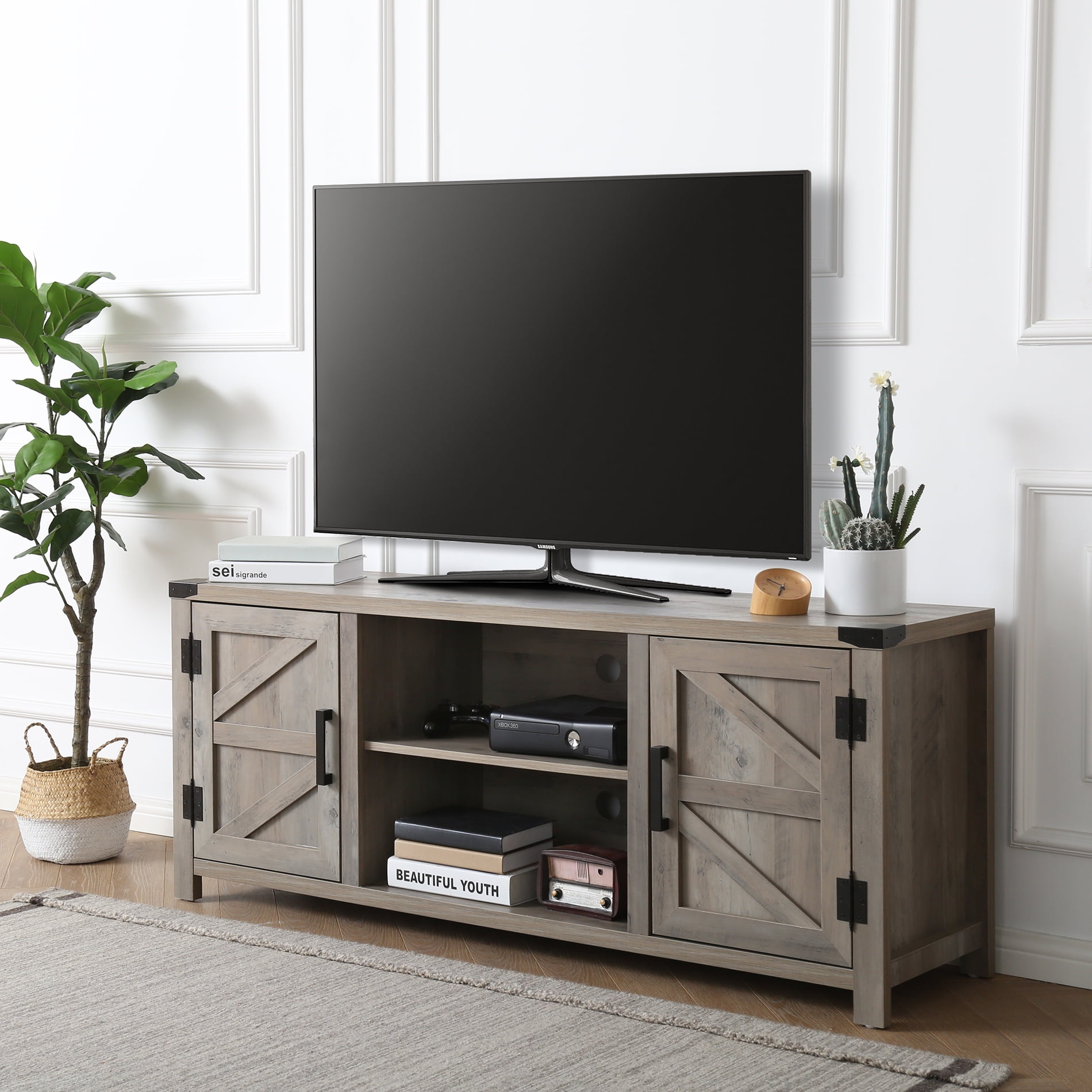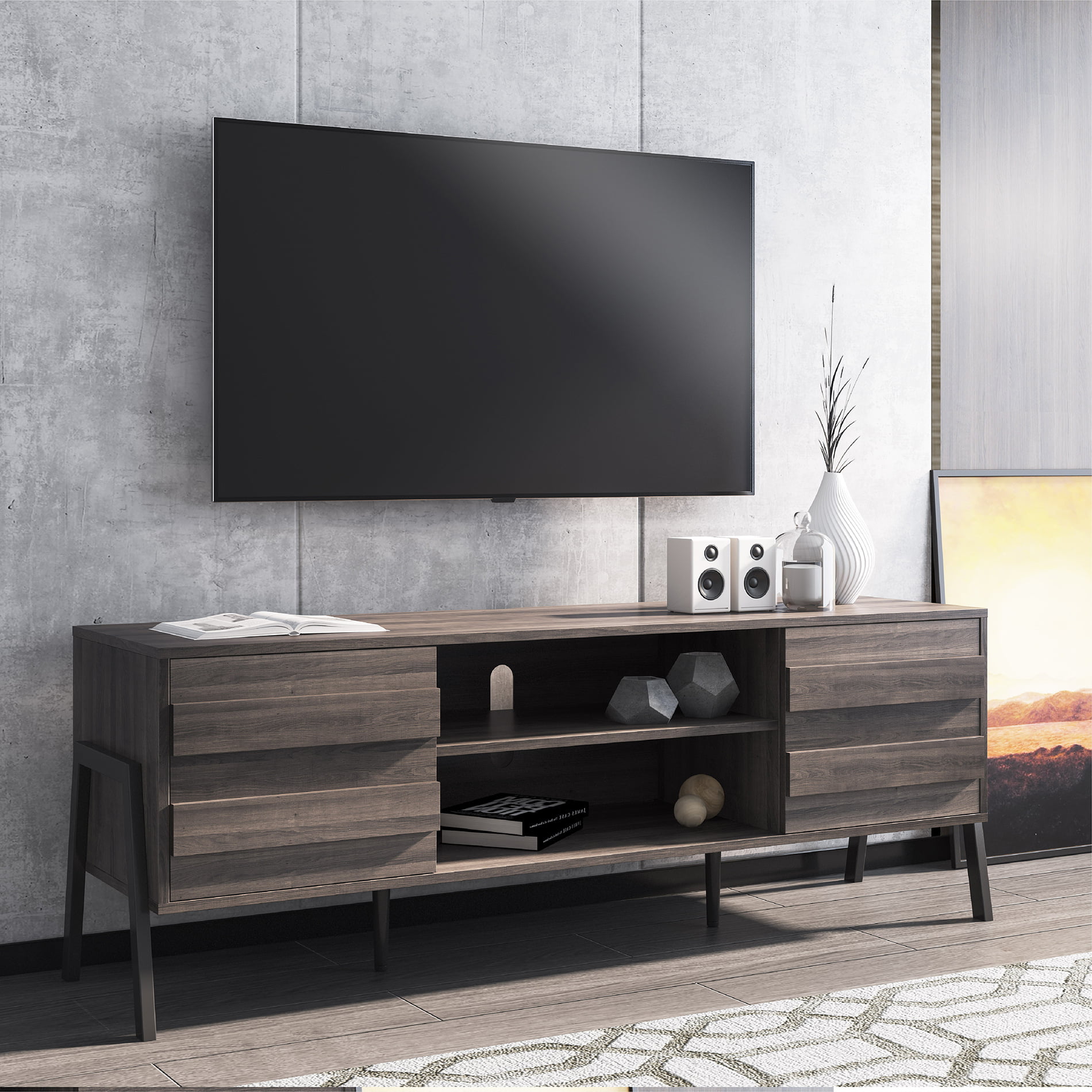Types of Wall Cabinets for TV Components

Wall cabinets offer a stylish and practical solution for organizing and displaying your TV components. They provide a dedicated space for your electronics, enhancing the aesthetics of your living room while keeping your wires and cables neatly concealed. With a variety of designs and materials to choose from, you can find the perfect wall cabinet to complement your home décor and meet your specific needs.
Floating Shelves
Floating shelves provide a minimalist and modern approach to displaying your TV components. They offer a sleek and open aesthetic, allowing you to showcase your devices while maintaining a clean and uncluttered look. These shelves are typically made from materials like glass, wood, or metal, offering a range of styles to match your interior design.
- Advantages: Floating shelves offer a visually appealing and space-saving option. They create an airy and open feel, maximizing the sense of space in your living room. They are also relatively easy to install and can be customized to fit your specific needs.
- Disadvantages: Floating shelves may not offer as much storage space as enclosed cabinets. They also require careful consideration of weight distribution to ensure stability, especially for heavier electronics.
Enclosed Cabinets
Enclosed cabinets provide a more traditional and functional approach to storing your TV components. They offer ample storage space for your electronics, as well as other items like books, DVDs, and gaming consoles. These cabinets are typically made from wood or metal, with a range of finishes and styles to complement your décor.
- Advantages: Enclosed cabinets offer ample storage space, allowing you to neatly conceal your electronics and other items. They also provide protection from dust and other environmental elements. Enclosed cabinets can enhance the overall aesthetics of your living room by creating a more cohesive and organized look.
- Disadvantages: Enclosed cabinets can be more expensive than floating shelves. They also require more space and may be more challenging to install.
Entertainment Centers
Entertainment centers combine the features of floating shelves and enclosed cabinets, offering a comprehensive solution for storing and displaying your TV components. They typically include a combination of open shelves, enclosed cabinets, and drawers, providing ample storage space and a stylish display area for your electronics. Entertainment centers are available in a wide range of styles and materials, allowing you to choose the perfect option to match your home décor.
- Advantages: Entertainment centers offer a comprehensive solution for storing and displaying your TV components. They provide ample storage space, a stylish display area, and can be customized to fit your specific needs. They also often include features like built-in speakers and lighting, enhancing the overall entertainment experience.
- Disadvantages: Entertainment centers can be more expensive than floating shelves or enclosed cabinets. They also require more space and may be more challenging to install.
Factors to Consider When Choosing a Wall Cabinet: Wall Cabinets For Tv Components

Choosing the right wall cabinet for your TV components is crucial for both functionality and aesthetics. A well-selected cabinet will seamlessly integrate with your existing decor, provide ample storage space, and enhance the overall viewing experience. Several key factors influence this decision, ensuring a harmonious blend of form and function.
TV Size and Room Size
The dimensions of your television and the size of the room play a significant role in determining the appropriate wall cabinet. A cabinet too small for your TV can create an unbalanced appearance, while a cabinet that is too large may overwhelm the room. For instance, a 65-inch TV might require a cabinet with a minimum width of 60 inches to accommodate the screen and surrounding components. In a small room, a compact cabinet with a depth of 12 inches or less is ideal to avoid creating a cluttered feel.
Personal Style and Design
Your personal style and the overall design of the room are crucial considerations. Wall cabinets come in various styles, from modern and minimalist to traditional and ornate. Consider the existing furniture and color palette of the room to choose a cabinet that complements the existing aesthetic. A contemporary living room might benefit from a sleek, minimalist cabinet with clean lines and a glossy finish, while a more traditional setting might call for a cabinet with intricate details and warm wood tones.
Weight Capacity and Mounting Hardware
The weight capacity of the wall cabinet is a critical factor, particularly when housing heavier components like soundbars, receivers, and gaming consoles. Ensure the cabinet can support the combined weight of your equipment. Additionally, carefully consider the mounting hardware. The cabinet should be securely mounted to the wall, using robust brackets and fasteners appropriate for the wall material. A professional installation may be necessary for heavier cabinets or those mounted on drywall.
Installing and Organizing Wall Cabinets

Installing a wall cabinet for TV components is a practical solution to enhance your home entertainment setup, but it requires careful planning and execution. This section will provide a step-by-step guide on installing a wall cabinet and offer strategies for optimizing storage and maximizing functionality.
Installing a Wall Cabinet, Wall cabinets for tv components
Before beginning installation, ensure you have the necessary tools and materials.
- Tools: Level, stud finder, drill, screwdriver, tape measure, pencil, safety glasses, and work gloves.
- Materials: Wall cabinet, mounting hardware (screws, anchors, or brackets), drywall anchors (if necessary), and any additional components like shelves or drawers.
- Determine the Location: Choose a suitable location on the wall, considering factors such as proximity to outlets, TV size, and available space.
- Mark the Mounting Points: Use a level and pencil to mark the mounting points on the wall. Consult the cabinet’s instructions for specific measurements and distances.
- Locate Studs: Use a stud finder to locate wall studs. Securely attaching the cabinet to studs provides optimal stability and weight support. If no studs are available, use drywall anchors to secure the cabinet.
- Pre-Drill Holes: Pre-drill holes at the marked mounting points to prevent the drywall from cracking during installation.
- Install the Mounting Hardware: Attach the mounting hardware (screws, brackets, or anchors) to the wall at the pre-drilled holes.
- Hang the Cabinet: Carefully hang the cabinet onto the mounted hardware, ensuring it is level. Use a level to adjust the cabinet’s position if needed.
- Secure the Cabinet: Tighten all screws or bolts to secure the cabinet firmly to the wall.
Organizing the Wall Cabinet
Efficient organization is key to maximizing the functionality of a wall cabinet. Consider the following strategies:
- Shelving: Utilize shelves to create distinct storage compartments for various TV components. Adjustable shelves offer flexibility to accommodate different sized items.
- Drawers: Drawers provide concealed storage for smaller items like remotes, cables, and accessories.
- Cable Management: Employ cable management solutions such as cable ties, organizers, or sleeves to keep wires neat and organized. This improves the aesthetics and functionality of the cabinet.
| Feature | Benefits | Examples |
|---|---|---|
| Shelves | Create distinct compartments for various components, provide easy access to items. | Adjustable shelves, fixed shelves, pull-out shelves |
| Drawers | Concealed storage for smaller items, maintain order and reduce clutter. | Slide-out drawers, pull-out drawers, drawer organizers |
| Cable Management | Keep wires organized and neat, improve aesthetics and functionality. | Cable ties, cable organizers, cable sleeves, cable trays |
Optimizing Storage Space
Maximizing the functionality of a wall cabinet involves utilizing space efficiently. Consider these tips:
- Vertical Space: Utilize the vertical space by incorporating tall shelves or drawers to accommodate taller items like DVD players or gaming consoles.
- Back of the Cabinet: Utilize the back of the cabinet for cable management or to store infrequently used items.
- Door Storage: Explore door-mounted storage solutions such as organizers or pockets to store smaller items within easy reach.
- Maximize Shelf Space: Use shelf dividers or risers to create more compartments within shelves.
Wall cabinets for tv components – Wall cabinets offer a practical and stylish solution for housing your TV components. For a more industrial aesthetic, consider incorporating elements like exposed metal and reclaimed wood into your design. If you’re looking for inspiration, industrial tv cabinet nz websites can provide a wealth of ideas.
When choosing wall cabinets, remember to factor in the size of your TV and the surrounding furniture to create a cohesive and visually appealing space.
Wall cabinets are a great way to organize your TV components and keep your space looking tidy. If you’re a football fan, you might want to consider incorporating some football-themed decor into your bedroom, such as a jersey display or a framed picture of your favorite team.
You can find plenty of inspiring ideas for a football-themed bedroom on this website: football themed bedroom ideas. And don’t forget, a well-organized media center with wall cabinets can be a stylish and functional addition to any room, regardless of the theme.